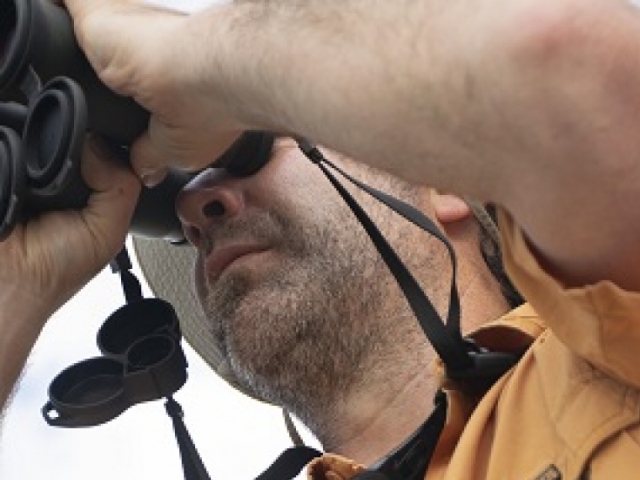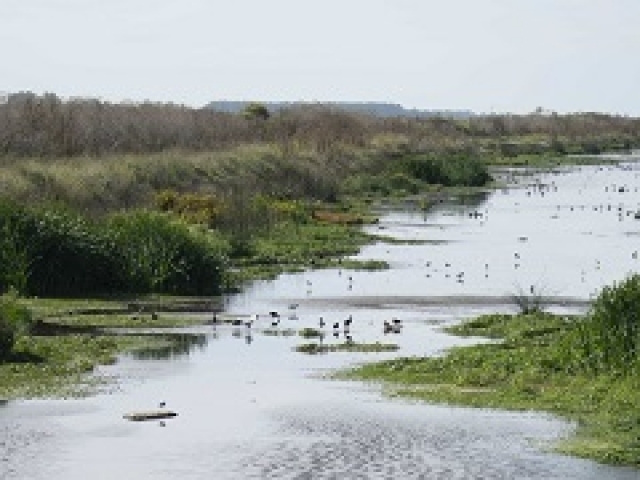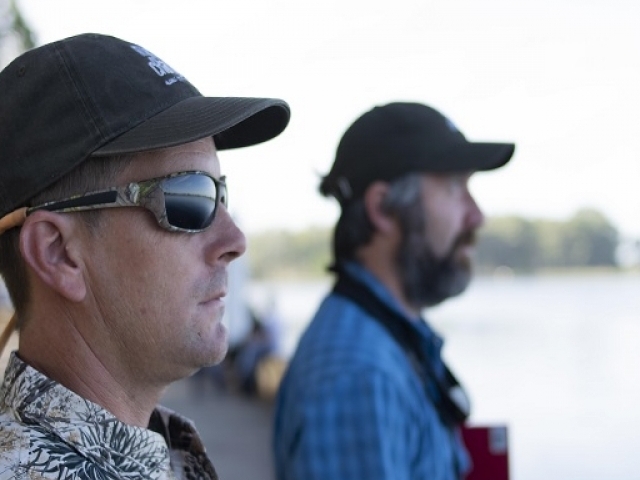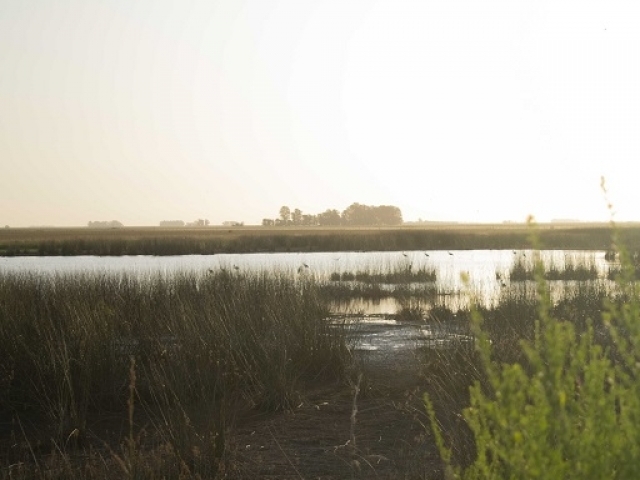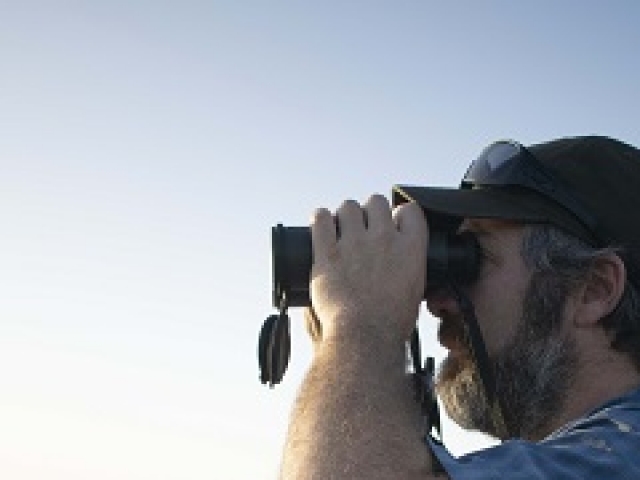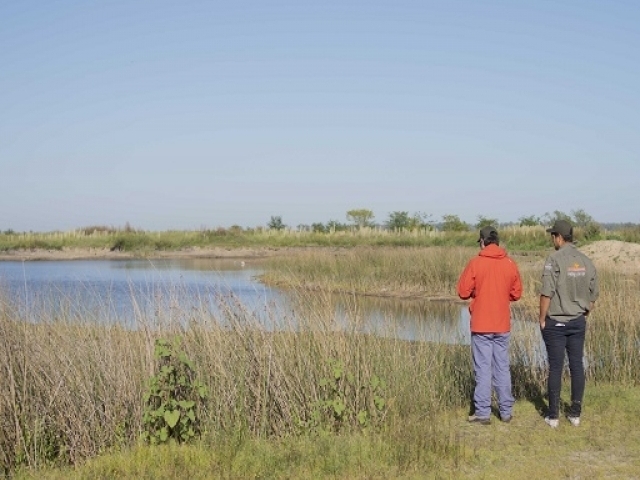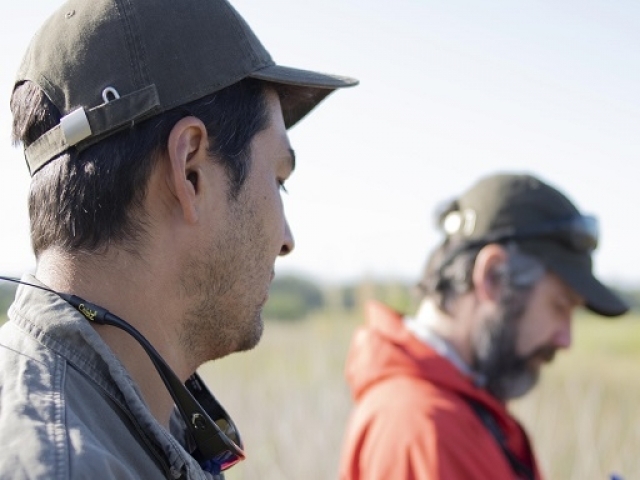As part of a year-round conservation project focused on estimating the abundance and productivity of ducks in Las Flores, western Buenos Aires province, on Sunday 23th, February we visited the area with a three-men team lead by Juan Pablo Seco Pon. As in our previous visits, we used a 4x4 vehicle to reach the water bodies. Though by this time of the year –austral summer- hot weather is expected to prevail in the area, we encountered mild temperatures throughout the outing. Unfortunately, little rain has reached the area of Las Flores; hence, many more lagoons were dry when compared to our previous visit. A total of 5 lagoons were visited that day; all of them holding at least one or two species of duck of interest. These included the Yellow-billed, Silver and Cinnamon teals.
On the following day, Monday 24th, the team started very early in the morning and managed to visit another 5 lagoons. No ducks were spotted on these lagoons, regardless of the fact of having water or not.
Apart from the ducks latter referred, other bird species observed included several species of aquatic birds (Neotropic Cormorant, Great Egret, Snowy Egret, Roseate Sponbill, Southern Screamer, South American Stilt, Black-necked Swan, White-necked Heron, Maguari Stork, Coscoroba Swan), a number of raptors (Chimango Caracara, Southern Crested Caracara, Roaside Hawk, American Kestrel), several species of “land-birds” (Rufous Hornero, Picazuro Pigeon, Eared Dove, Monk Parakeet, Guira Cuckoo, Southern Lapwing, White-banded Mockingbird, Field Flicker, Brown-and-yellow Marshbird, Fork-tailed Flycatcher, European Greenfinch, Shiny Cowbird, Great Kiskadee, Great Pampa Finch, Long-tailed Meadowlark, Bay- winged Cowbird), three species of coots (Red-legged, White-winged and Red-Fronted coots), three species of grebes (Great, Silvery and Pied-billed grebes), some species of swallows (White-rumped, Blue-and-white and Barn swallows), and the Brown-hooded Gull.


